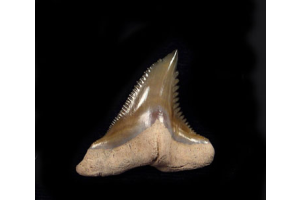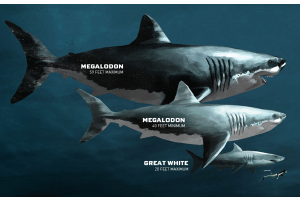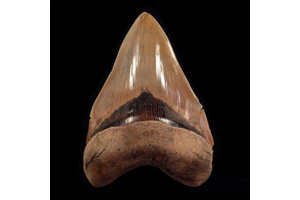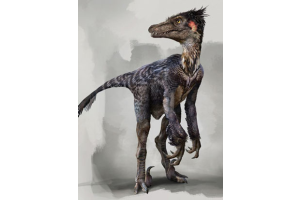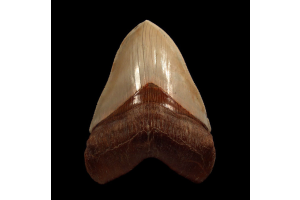
The discovery of the Chile Megalodon tooth has ignited a whirlwind of excitement and curiosity in the scientific community and beyond. This remarkable find is not only a window into the life of one of history's most awe-inspiring marine predators but also a testament to Chile's rich paleontological heritage.
Unearthing the Past: The Discovery
The revelation of the Chile Megalodon tooth represents a pivotal moment in paleontological research. Unearthed in the rugged terrains of Chile's coastal regions, this discovery was a collaborative effort, uniting geologists, paleontologists, and local experts in a quest to unravel the mysteries of the ancient seas. The tooth, measuring an astonishing length and width, is one of the largest ever found, indicative of the immense size of its owner, the Megalodon.
The Megalodon: A Prehistoric Leviathan
The Megalodon, whose name translates to 'big tooth,' was an apex predator of the prehistoric oceans. This colossal shark dominated marine ecosystems millions of years ago, with estimates of its length reaching up to 60 feet or more. The discovery of such a large Chile Megalodon tooth provides tangible evidence of the sheer magnitude of these creatures, offering invaluable insights into their biology and behavior.
Chile's Geological Canvas
Chile's diverse geological landscape, shaped by millennia of tectonic movements and volcanic activity, has created a rich tapestry for fossil discoveries. The finding of the Chile Megalodon tooth in this region adds another layer to our understanding of Chile's prehistoric marine life. It highlights the country's role as a crucial site for paleontological discoveries, shedding light on the ancient creatures that once roamed its waters.
The Scientific Significance of the Discovery
The Chile Megalodon tooth is more than just a relic of a bygone era; it's a crucial piece of the puzzle in understanding the evolution and extinction of the Megalodon. Its size and preservation state provide valuable data for researchers studying the life history, feeding habits, and growth patterns of these magnificent beasts.
Impact on Modern Marine Biology
The study of the Chile Megalodon tooth also has implications for modern marine biology. By understanding the ecological role of the Megalodon, scientists can draw parallels and contrasts with contemporary marine predators. This knowledge is crucial in the conservation and management of current marine ecosystems, as it offers a historical context for understanding predatory dynamics.
The unveiling of the Chile Megalodon tooth has sparked a renewed interest in marine paleontology, especially among young minds. It serves as an educational tool, inspiring the next generation of scientists and paleontologists. Culturally, it has become a symbol of Chile's natural history, attracting attention from around the globe and enhancing the country's reputation as a hotspot for significant paleontological finds.
Conclusion
The discovery of the Chile Megalodon tooth is a remarkable event that transcends scientific boundaries. It not only provides a tangible connection to our planet's ancient past but also highlights the ongoing relevance of paleontology in understanding the world we live in today. As research continues, this monumental find will undoubtedly continue to inspire awe and wonder in both the scientific community and the public at large.






